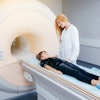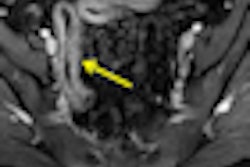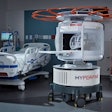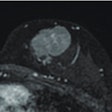Philips Healthcare parent Royal Philips Electronics and Eindhoven University of Technology in Eindhoven, the Netherlands, this week announced that their researchers have demonstrated the feasibility of using image guidance for therapeutic drug delivery.
The proof-of-concept study describing the local drug delivery method and the measurement and visualization of drug release was published in an article in the February issue of the Journal of Controlled Release (2011, Vol. 150:1, pp. 102-110).
Image-guided drug delivery may enable a beneficial increase in tumor chemotherapy drug levels, thereby increasing treatment efficacy without an increase in adverse side effects. The joint research team achieved an increased chemotherapy drug dose at the tumor site, using a proof-of-concept MRI-guided local drug delivery system.
Methods for visualizing and measuring drug uptake in the tumor at the time of delivery, enabling researchers to determine if the drug uptake was sufficient immediately after the chemotherapy treatment, were successfully demonstrated, according to principal investigator Holger Grüll, PhD, a professor in Eindhoven University of Technology's biomedical NMR research group.
Grüll and his team used a combination of MRI and ultrasound technologies with liposomes, tiny temperature-sensitive drug particles, for local chemotherapy drug delivery. When injected into the bloodstream, the liposomes transported the drug around the body and to the tumor. The tumor was mildly heated using a focused ultrasound beam, causing the temperature-sensitive liposomes in the tumor to release their drug payload.
Simultaneous MR imaging was used to locate the tumor, measure local tissue temperature, and guide the ultrasound heating. To monitor the amount of drug released, the liposomes also contained a clinically used MRI contrast agent that was coreleased upon heating. The release of the contrast agent could be monitored with MRI, allowing correlated measurements and visualizations of drug uptake in the tumor and surrounding tissue.
Additional preclinical studies are currently under way to assess the therapeutic value of the technique, according to the researchers.
By Cynthia E. Keen
AuntMinnie.com staff writer
February 7, 2011


.fFmgij6Hin.png?auto=compress%2Cformat&fit=crop&h=100&q=70&w=100)





.fFmgij6Hin.png?auto=compress%2Cformat&fit=crop&h=167&q=70&w=250)











